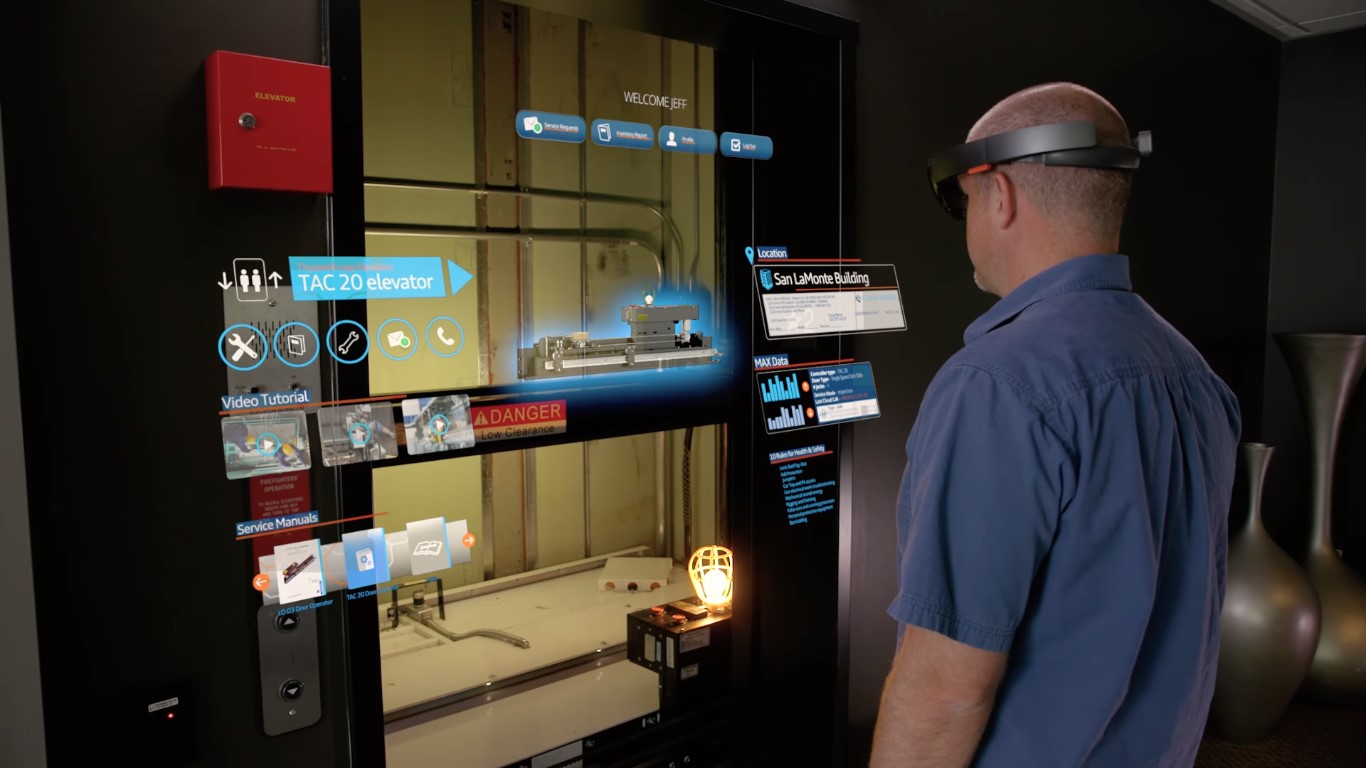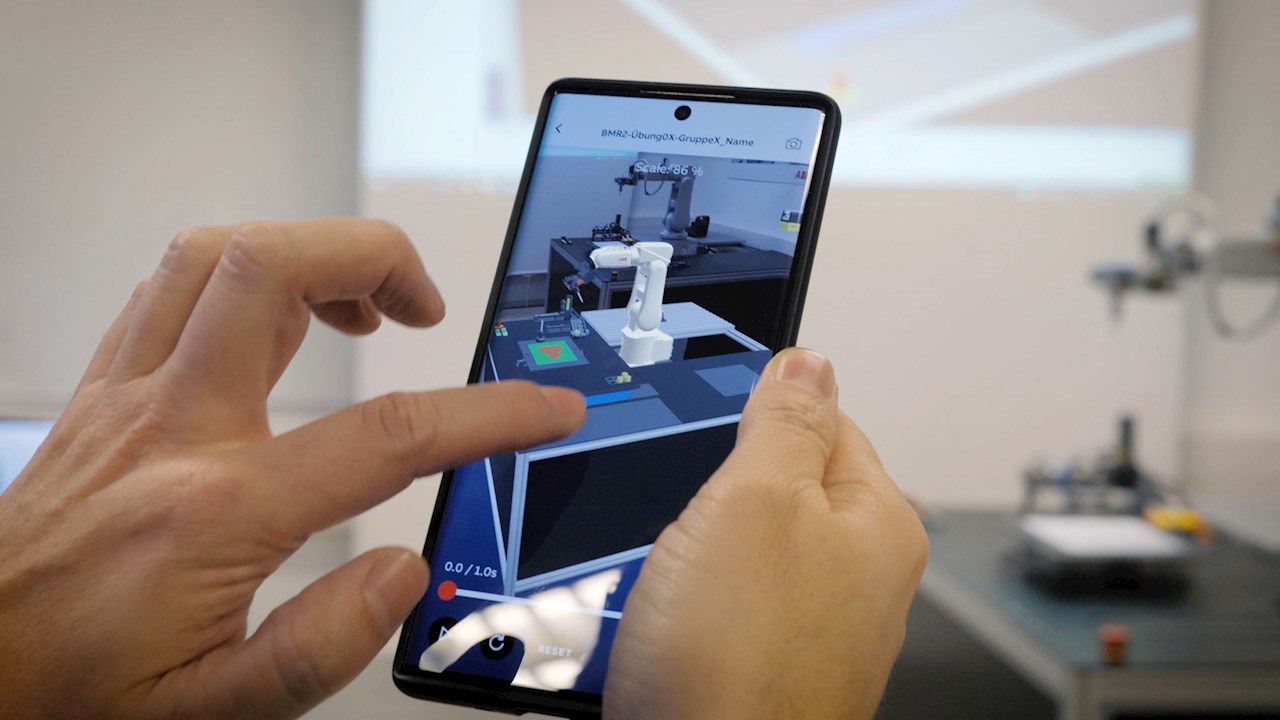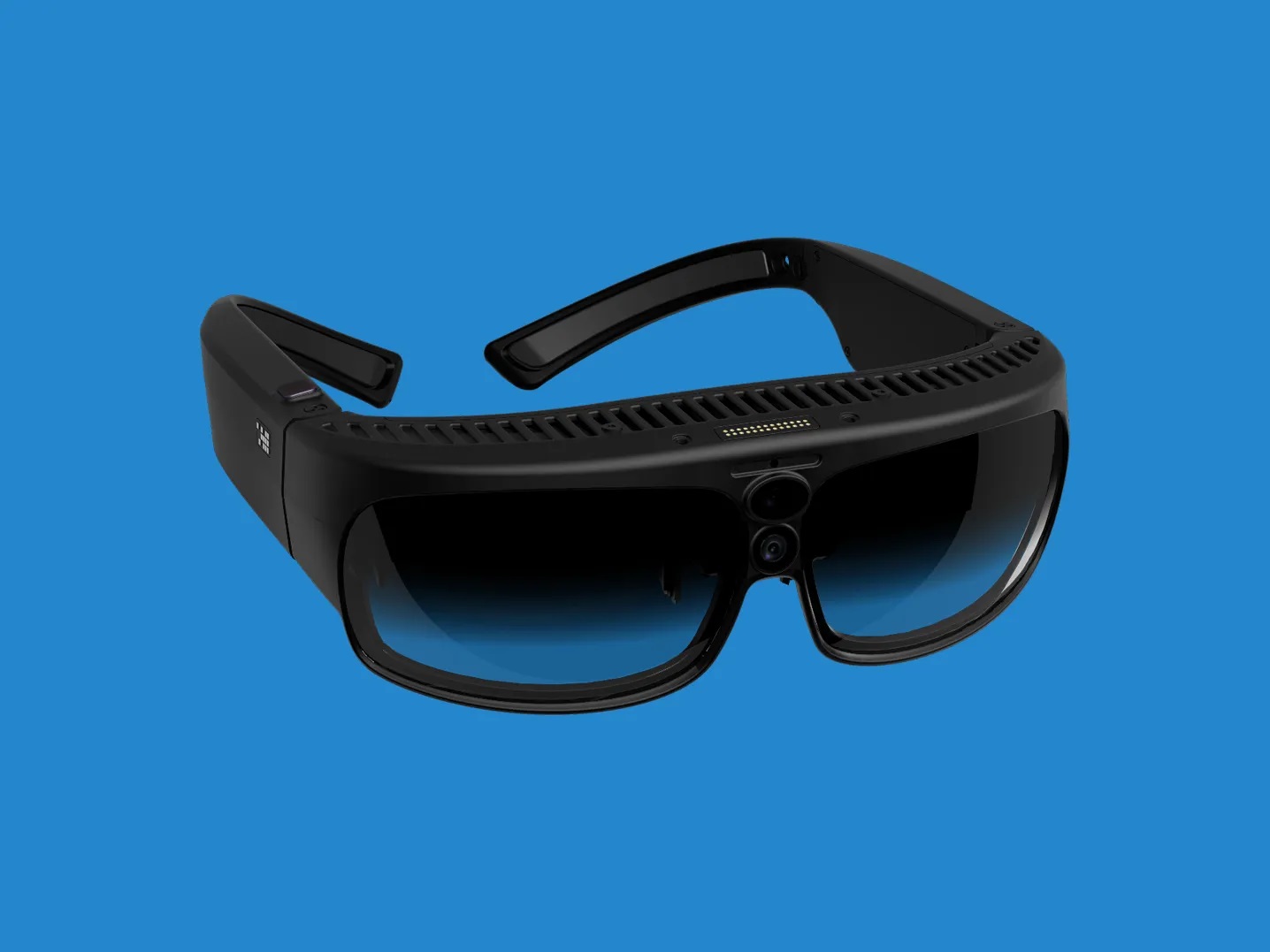Home>Latest News>Technology Trends>Investing in Augmented Reality Stocks


Technology Trends
Investing in Augmented Reality Stocks
Modified: September 5, 2024
Discover the potential of investing in augmented reality stocks and stay ahead of technology trends with promising opportunities in the market. Explore the latest advancements and make informed investment decisions.
(Many of the links in this article redirect to a specific reviewed product. Your purchase of these products through affiliate links helps to generate commission for Techsplurge.com, at no extra cost. Learn more)
Table of Contents
What is Augmented Reality?
Augmented reality (AR) overlays digital information onto the real world, creating an interactive experience. This technology enriches our perception by adding layers of digital data, such as text, images, videos, and 3D models. Unlike virtual reality, which creates a completely digital environment, AR enhances our existing reality.
The Growing Market of AR
The AR market is experiencing rapid growth due to increasing adoption across various industries. According to Markets and Markets, the AR market is projected to reach $88.4 billion by 2026, with a compound annual growth rate (CAGR) of 31.5% over the next few years. This growth is driven by expanding applications in sectors such as education, retail, healthcare, and defense.
Applications of AR
-
Education: AR makes learning more engaging and interactive. Students can visualize complex concepts in science and history, making it easier to understand and retain information.
-
Retail: AR is transforming retail by allowing customers to try out products virtually. Companies like Etsy enable shoppers to see how artwork will look on their walls before making a purchase.
-
Healthcare: In healthcare, AR is used for medical procedures and patient care. Surgeons can visualize patient anatomy in real-time during operations, improving accuracy and reducing recovery time.
-
Defense: The military adopts AR for various applications, including training simulations and battlefield visualization.
Top AR Stocks to Watch
Several companies lead AR technology development, offering cutting-edge solutions. Here are some top AR stocks to consider:
1. Apple (AAPL)
Apple has made significant strides in the AR space with its Vision Pro, referred to as "spatial computing." Although still in early stages, Apple's entry into the AR market signals recognition of the technology's future potential. With a reputation for innovation and refining products over time, AAPL stock could be a lucrative long-term investment.
Read more: The Advantages of Augmented Reality
2. Lenovo Group (LNVGY)
Lenovo focuses on premium enterprise AR applications, known for affordable consumer laptops. Their real-world AR applications are expected to be available to the wider public by 2027, making LNVGY a stock worth watching for long-term growth.
3. Meta Platforms (META)
Meta Platforms, the parent company of Facebook, Instagram, and WhatsApp, is bringing AR into the spotlight through its partnership with Ray-Ban. This collaboration aims to integrate AR technology into everyday wearables, enhancing user experiences and potentially disrupting the tech industry.
4. Vuzix (VUZI)
Vuzix specializes in creating smart glasses and AR headsets for both consumer and enterprise markets. Their wearable devices boost productivity and offer practical solutions. VUZI smart glasses utilize AI for advanced functionalities such as real-time data processing and analysis. With a market capitalization of $85.44 million and a low enterprise value of $59.18 million, VUZI's valuation suggests significant potential for growth.
5. Kopin (KOPN)
Kopin manufactures display technologies and optical solutions for AR and VR headsets. Their advanced display technologies create vivid and lifelike images within AR and VR headsets. Despite reporting a quarterly loss, Kopin has exceeded consensus EPS estimates twice in the last four quarters. With a market cap of around $90 million and a minuscule price-to-sales ratio of 2.3 times sales, KOPN could offer life-changing returns for investors if market conditions are favorable.
Read more: Augmented Reality Business Card
6. WiMi Hologram Cloud (WIMI)
WiMi Hologram Cloud provides holographic AR solutions for various industries, including advertising, entertainment, and education. In February of last year, WIMI experienced heightened investor interest, with over 23 million shares of WIMI stock traded, significantly more than its average daily volume. With a float of approximately 107 million units and a strong net cash position of $99.94 million, WIMI is a stock that has garnered significant attention.
How to Invest in AR Stocks
Investing in AR stocks requires a strategic approach. Consider these steps:
-
Research: Thoroughly research the company's financials, product offerings, and market position. Understand the company's vision for AR and its potential applications.
-
Diversification: Diversify your portfolio by investing in multiple AR stocks. This can help mitigate risk and increase potential returns.
-
Market Trends: Keep an eye on market trends and industry developments. AR is a rapidly evolving field, and staying informed can help you make timely investment decisions.
-
Long-Term Perspective: AR is a long-term play. Be prepared to hold onto your investments for several years as the market continues to grow and mature.
-
Financial Health: Evaluate the financial health of the companies you're considering. Look for companies with strong cash reserves, positive cash flow, and a solid business model.
Challenges and Opportunities
While investing in AR stocks presents numerous opportunities, it also comes with several challenges:
-
Technological Risks: AR technology is still evolving, and there are risks associated with technological advancements. Companies must continuously innovate to stay ahead of the competition.
-
Regulatory Environment: The regulatory environment for AR is still developing. Companies must navigate changing regulations and ensure compliance to avoid legal issues.
-
Public Acceptance: Public acceptance of AR technology is crucial for its widespread adoption. Companies must address concerns about privacy and user experience to gain widespread acceptance.
-
Competition: The AR market is highly competitive, with several companies vying for market share. Companies must differentiate themselves through innovative solutions and strong marketing strategies.
Investing in augmented reality stocks offers a unique opportunity to tap into a rapidly growing market with vast potential for innovation and disruption. By understanding the applications of AR, identifying top AR stocks, and adopting a strategic investment approach, investors can position themselves for long-term success. As the AR market continues to evolve, staying informed about technological advancements, market trends, and regulatory developments will help make informed investment decisions.
AR is not just a technological trend; it is a transformative force that has the potential to revolutionize various industries and enhance our daily lives. By investing in AR stocks, investors can be part of this transformative journey and potentially reap significant rewards in the years to come.














